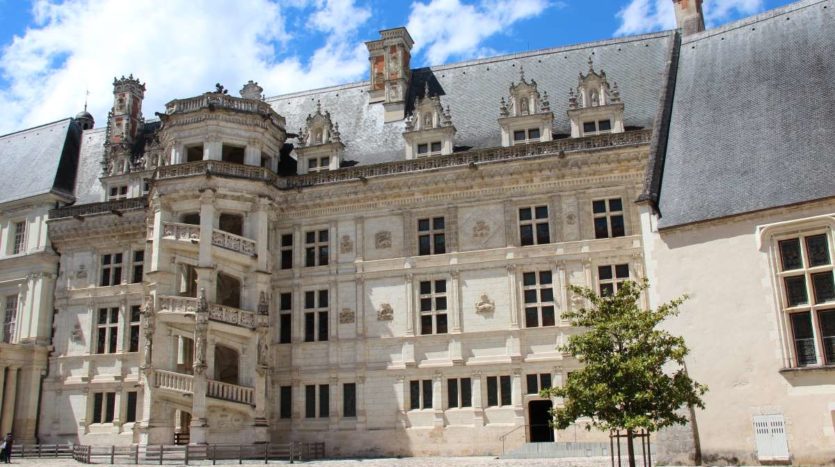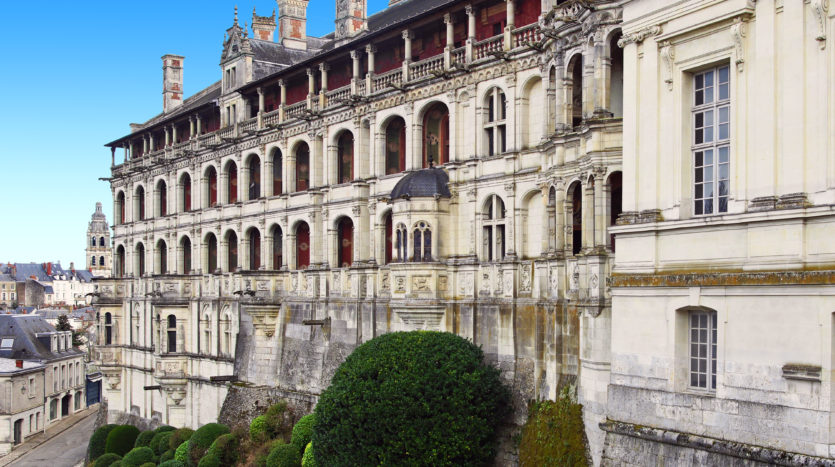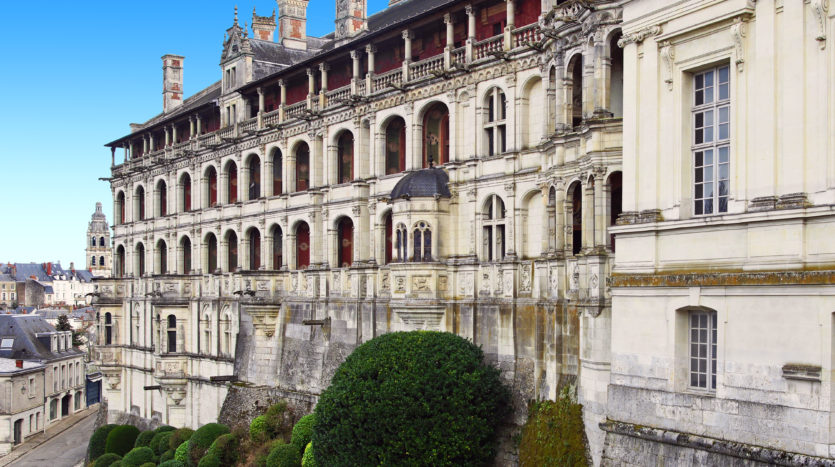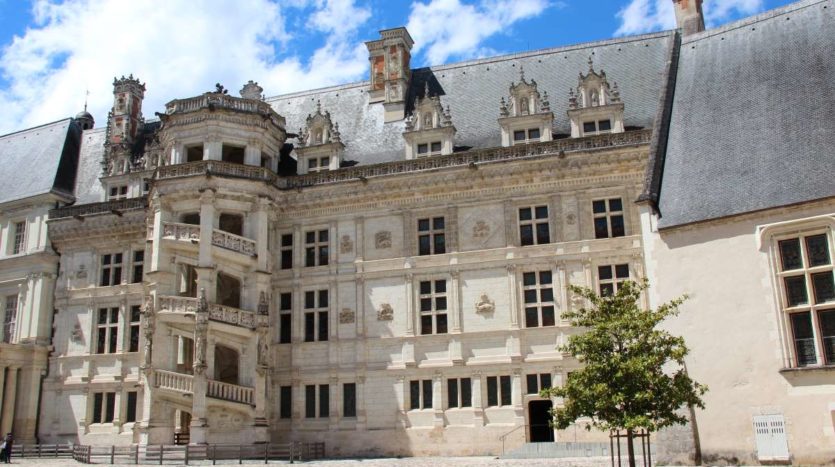The Castle of Blois, Or The Renaissance of the Kings of France
The Château de Blois is a must-read for anybody interested in the history of France’s Kings. Four facades depict the development of architecture from the thirteenth to the seventeenth centuries while also recalling the lives of seventeen of our monarchs, for whom it was the preferred home throughout the Renaissance. Let us go to the heart of Loir-et-Cher to explore the historical treasures of this fortress, which was assaulted by Vikings at the start of its existence.
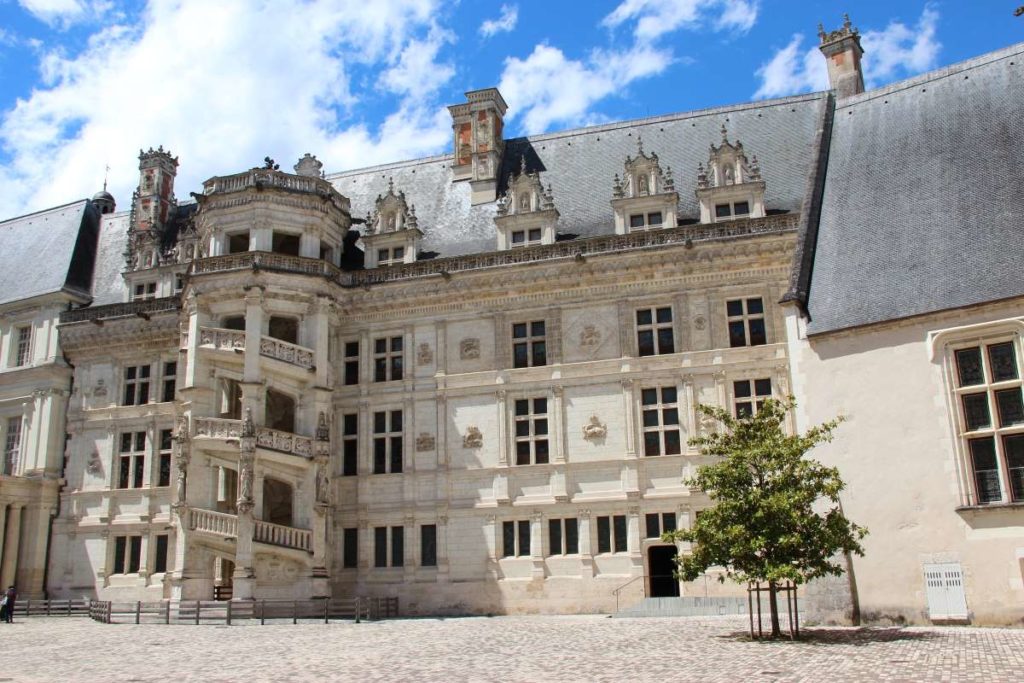
A warrior history in the Middle Ages
Many castles exist in the area, which has been in the hands of the Counts of Blois since the Middle Ages, notably the fortress of Blois, which was devastated by the dreadful warriors of the North in 854. The one we know now has steadily grown, interrupted by lavish parties and brutal killings throughout its history.
Thibault le Tricheur’s efforts led to the construction of the first major tower in the 10th century. In the 12th century, the Collegiate Church of Saint-Sauveur was constructed in the courtyard, together with a chapel and other important structures. The castle was then subjected to many changes in order to be transformed into a royal palace in the 15th century.
The chateau was sold by the Blois-Chatillon family to Louis d’Orléans in 1392, who was murdered fifteen years later on the orders of Jean Sans Peur. At the Battle of Azincourt in 1415, his son, Charles d’Orléans, was taken. He returned 25 years later to Blois to set up his court, surrounded by men of literature. Meanwhile, Joan of Arc was blessed at Blois by the Archbishop-Duke of Reims, Regnault de Chartres, shortly before her departure to break the siege of Orleans in 1429.
The residence of the Kings of France during the Renaissance
At this time, the Renaissance period began, and Charles of Orleans demolished a portion of the ancient castle to modernize it and adapt it to the desired lifestyle, which was more concerned with pleasure than with battle. To the disadvantage of the Château d’Amboise, his son Louis d’Orléans, who became King of France under the name Louis XII, made it his royal residence. He imposed the Gothic style on the construction of the town in the early 1500s, accompanied by his wife Anne de Bretagne, who died there in 1514.
The 16th century was rife with diplomatic meetings, marriages, and royal rivals’ assassinations. Blois was not abandoned by François I in favor of Fontainebleau, where he established what would become the National Library. The king is even credited with transforming a wing into a Renaissance style and naming a magnificent staircase after himself. Many royal children, up to Catherine de Medici, are also reared there.
In Blois, the Placards incident – the posting of anti-Mass placards even on the King’s bedroom door – kicked off the persecution of Protestantism, which had hitherto been allowed.
It has been occupied by Henri II, François II, and Charles IX in that order. There, Henri de Navarre, the future Henri IV, married Marguerite de France, and Henri III convened the States General in 1588-1589.
A gradual abandonment under the Ancien Régime
The sign is there: in the 18th century, even the new structures ordered by Henri IV collapsed. Blois was alternately inhabited by the sovereign’s widow Marie de Médicis, Richelieu, and received brief royal passages before being entrusted as a wedding gift to Gaston d’Orléans, who died there in 1660, not without having led new construction projects that were left unfinished due to a lack of funds. The castle was abandoned at that point.
The old royal palace, abandoned by Louis XIV, is given to former servants, who will split the living area into tiny flats. Because it was costly to maintain, Louis XVI attempted to sell it, but in the lack of purchasers, the Royal-Comtois regiment took up residence there.
Despite being looted during the Revolution, Napoleon I sold the fortress to the city of Blois in 1810. It will continue to be utilized as a barracks, but it will be partially accessible to the public, enabling Victor Hugo, Honoré de Balzac, and Alexandre Dumas to visit.
Blois today
The Château de Blois, which has been listed as a historic monument since 1840, is gradually being repaired, thanks to the original push provided by Prosper Mérimée. It was home to the Musée des Beaux-Arts de Blois from 1850, first in the François I wing and later in the Louis XII wing. Despite the damage caused by WWII bombs, subsequent restorations have allowed visitors to appreciate what the castle of Blois really was: a symbol of the authority and everyday life of seven Kings and ten Queens of France.
Between antics and power games, the Court’s secrets are revealed throughout the duration of the visit. There are 17 royal chambers to explore, 9 rooms devoted to the Museum of Fine Arts, and other unexpected places, such as the Room of the State’s General with its magnificent 540 square meters. Floral patterns, monograms, candelabras, and other one-of-a-kind ornamental pieces will entice you to go back in time.
A busy day’s visit will be completed with sounds and lights that emphasize the richness of the façade, as well as various activities in and around the castle. Before departing, we should highlight the possibility of stopping by the home of magic, which is situated in front of the castle. It is a one-of-a-kind location in Europe, with a variety of activities and stunning discoveries spread out across 2,000 square meters, enabling you to go from historical truth to wonderful illusion.
The Château de Blois’ tremendous historical richness may be read on its walls. Each of the periods is represented by a castle façade, which can boast not only of the remnants of the feudal stronghold, but also of Gothic, Renaissance, and classical facades. Blois should certainly be the first step of a trip to explore these marvels that have influenced our history, highlighting the whole history of the Loire châteaux and enabling a better knowledge of the history and fate of our past Kings. Destiny!


